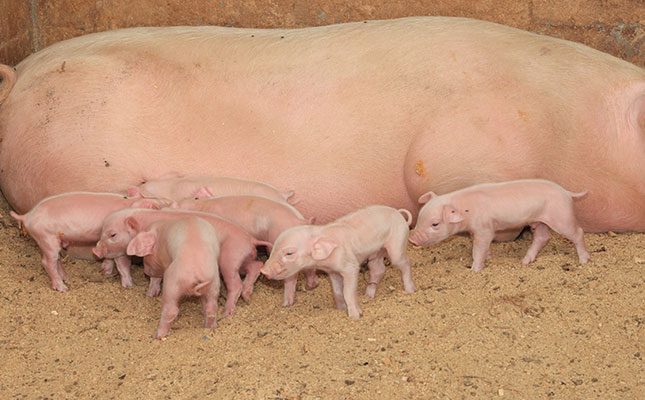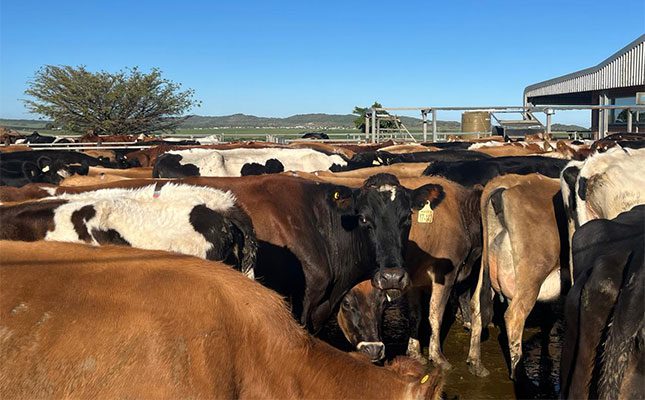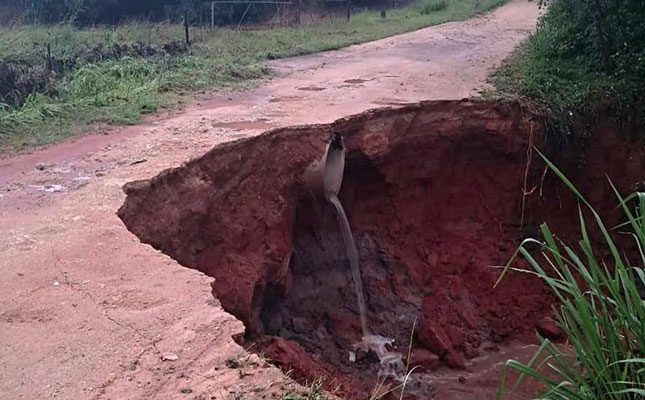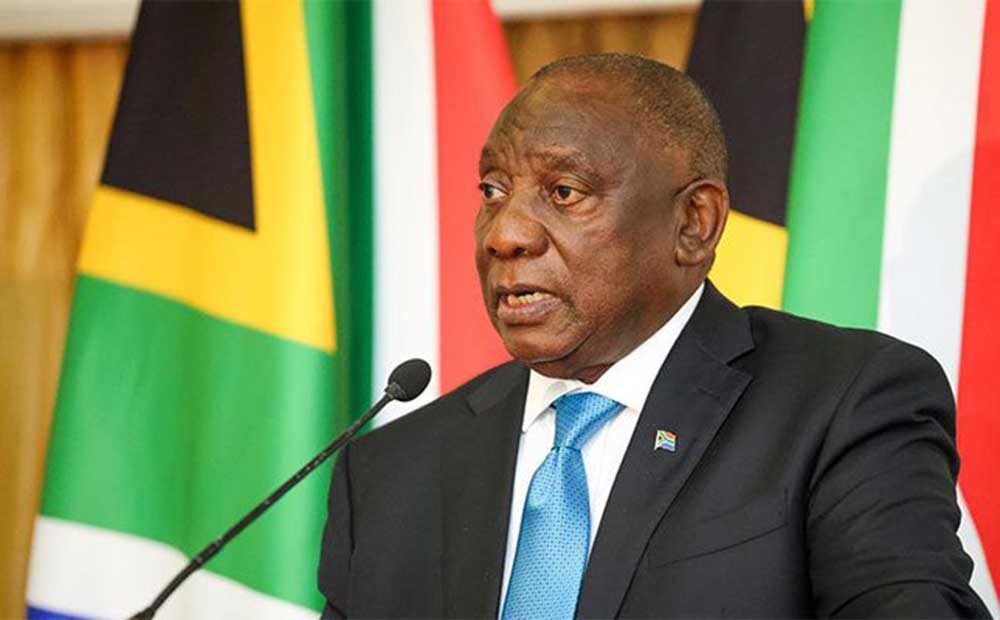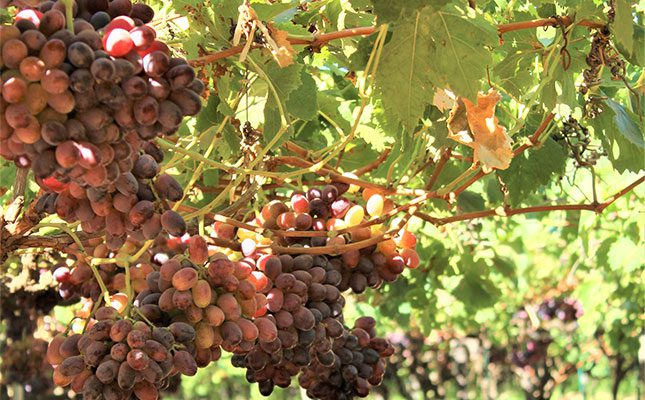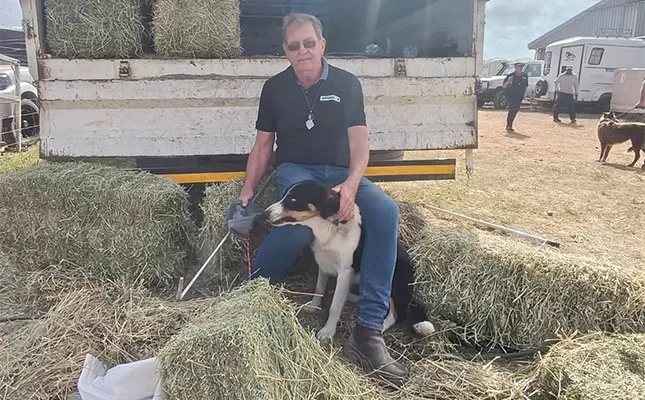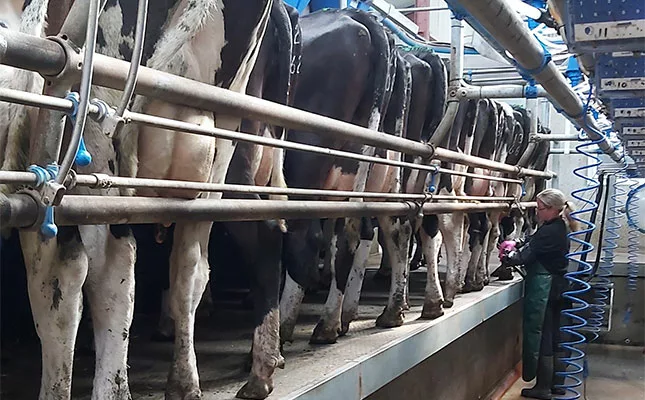
Photo: Lindi Botha
Historically, the South African Milk Processors’ Organisation (SAMPRO) has received the funds, amounting to around R70 million per annum.
Earlier this month, however, the Milk Producers’ Organisation (MPO) informed SAMPRO that it would not support its application to the National Agricultural Marketing Council to collect the levies for the period of 2026 to 2029. Instead, the MPO will apply for its own levy.
Speaking on the fringes of the MPO’s annual general meeting for the Western Cape region, held at Nampo Cape this week, Fanie Ferreira, CEO of the MPO, told Farmer’s Weekly that despite numerous attempts to have the current levy divided fairly to serve the primary and secondary industry, producers were not accommodated in any way.
He added that for the past 16 years, most of the levy funds had been spent on projects that had delivered little value for farmers.
“The stark contrast between the allocation for consumer education [30%] and animal health [1,5%] is an example of the disconnect between where the money is spent and where it is needed.
“Money spent on consumer education equates to R100 000 a day. But when you speak to farmers, they will tell you they are struggling to remain afloat because the milk price is so low. So how is the R100 000 per day helping to create more demand for milk?
“We can see that milk consumption is not growing, but we don’t know why. We need to do the research to find out so that we have practical, implementable information to aid dairy production,” Ferreira explained.
He noted that with 20% levy funds allocated to transformation, around R200 million had been collected in recent years. “But we don’t have one black commercial farmer [whom] we can say we helped established. We need to have better outcomes in how funds are spent to ensure the benefits are tangible.”
The current levy, which SAMPRO has reapplied for, amounts to R0,02/ℓ of milk. If both SAMPRO and the MPO’s applications are successful, farmers could face higher contributions to the levy.
Jonathan Barry, a dairy farmer from Swellendam in the Western Cape, said while the increase would hurt, it was necessary within the bigger picture.
“We are tired of being bullied, and I don’t think you can put a price on that. We are in a difficult situation where milk buyers don’t listen to us when we say we are struggling to stay afloat. We are not being fairly compensated and are at least R2/litre behind what dairy farmers in other countries are being paid,” he explained.
Barry added that while processors argued market saturation was the reason milk prices had stagnated, this argument had prevailed for generations.
“Yet our forefathers managed to work with processors to get to a price that worked for everyone. This is no longer the case; we are just ignored. We haven’t received an increase for the past four years, and this year the price even decreased, while our input costs rise by double [digits] every year,” he concluded.

